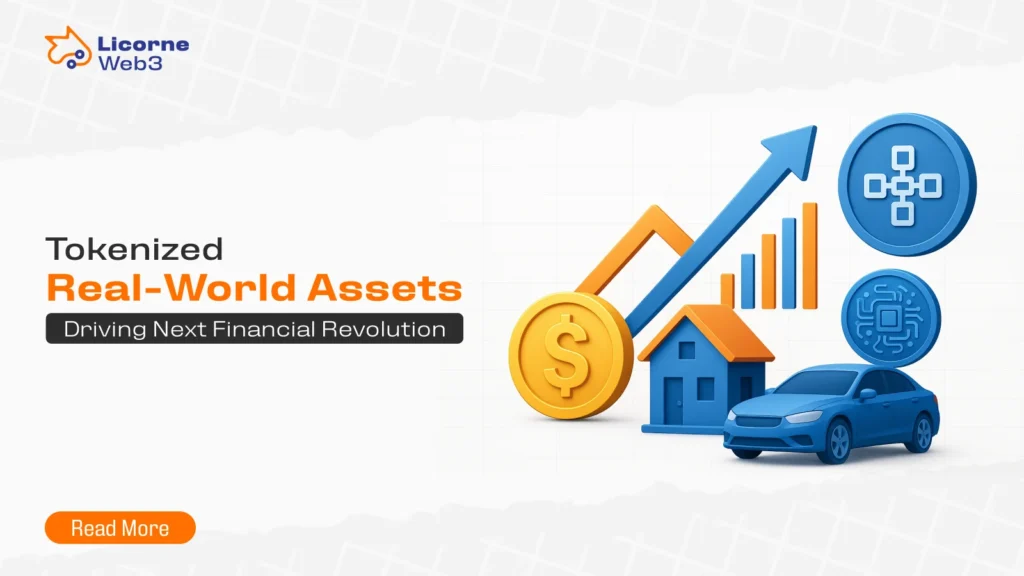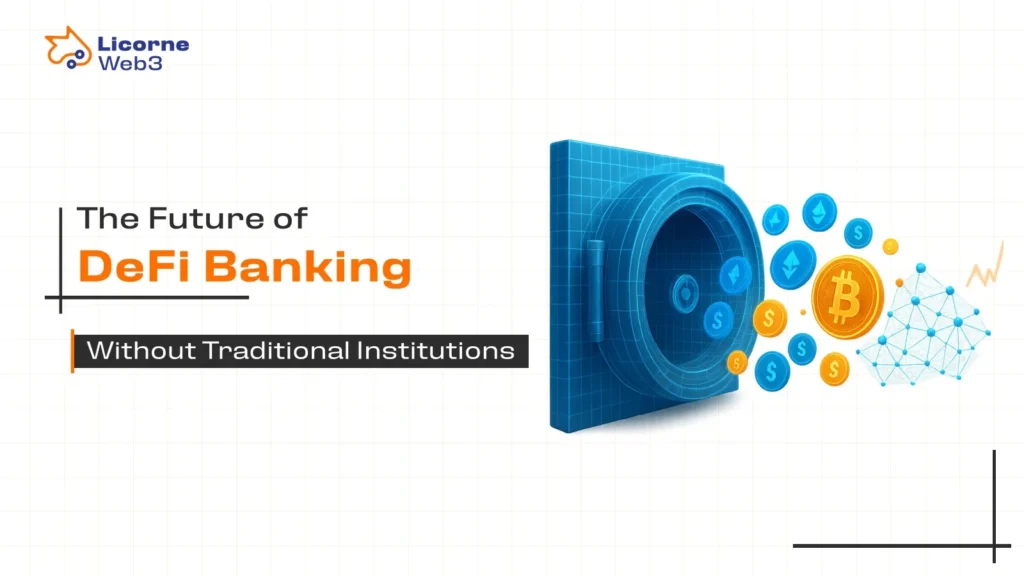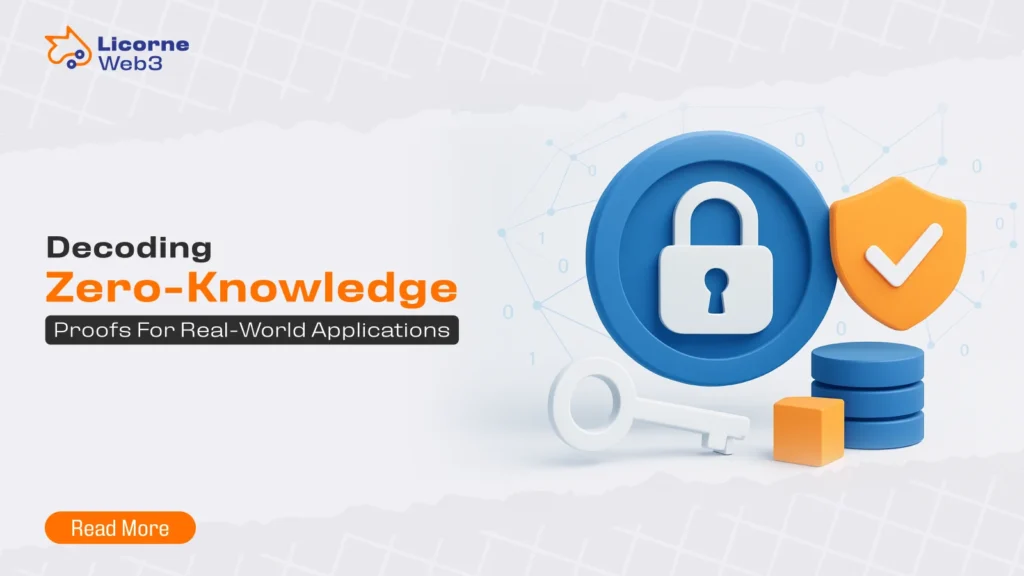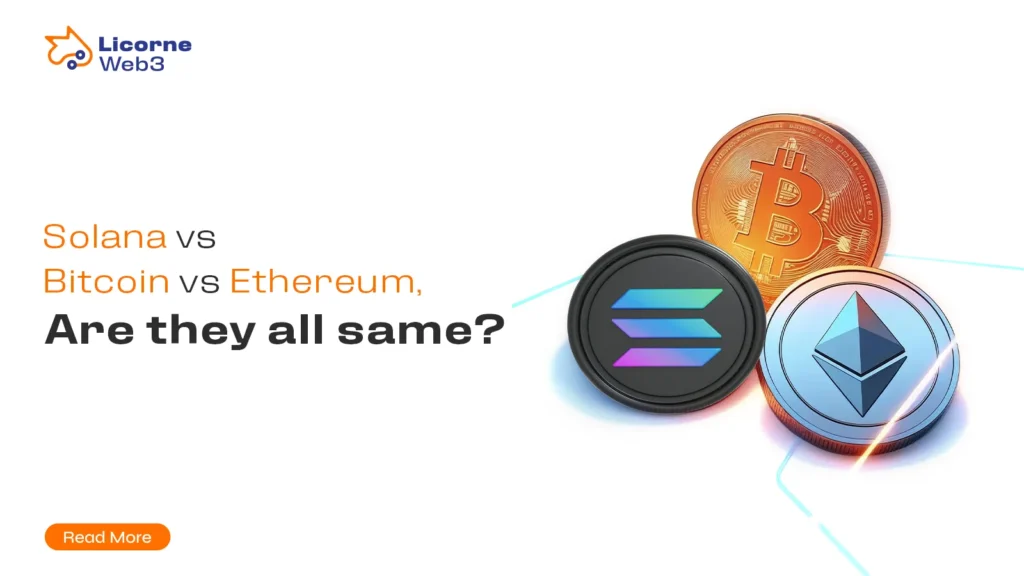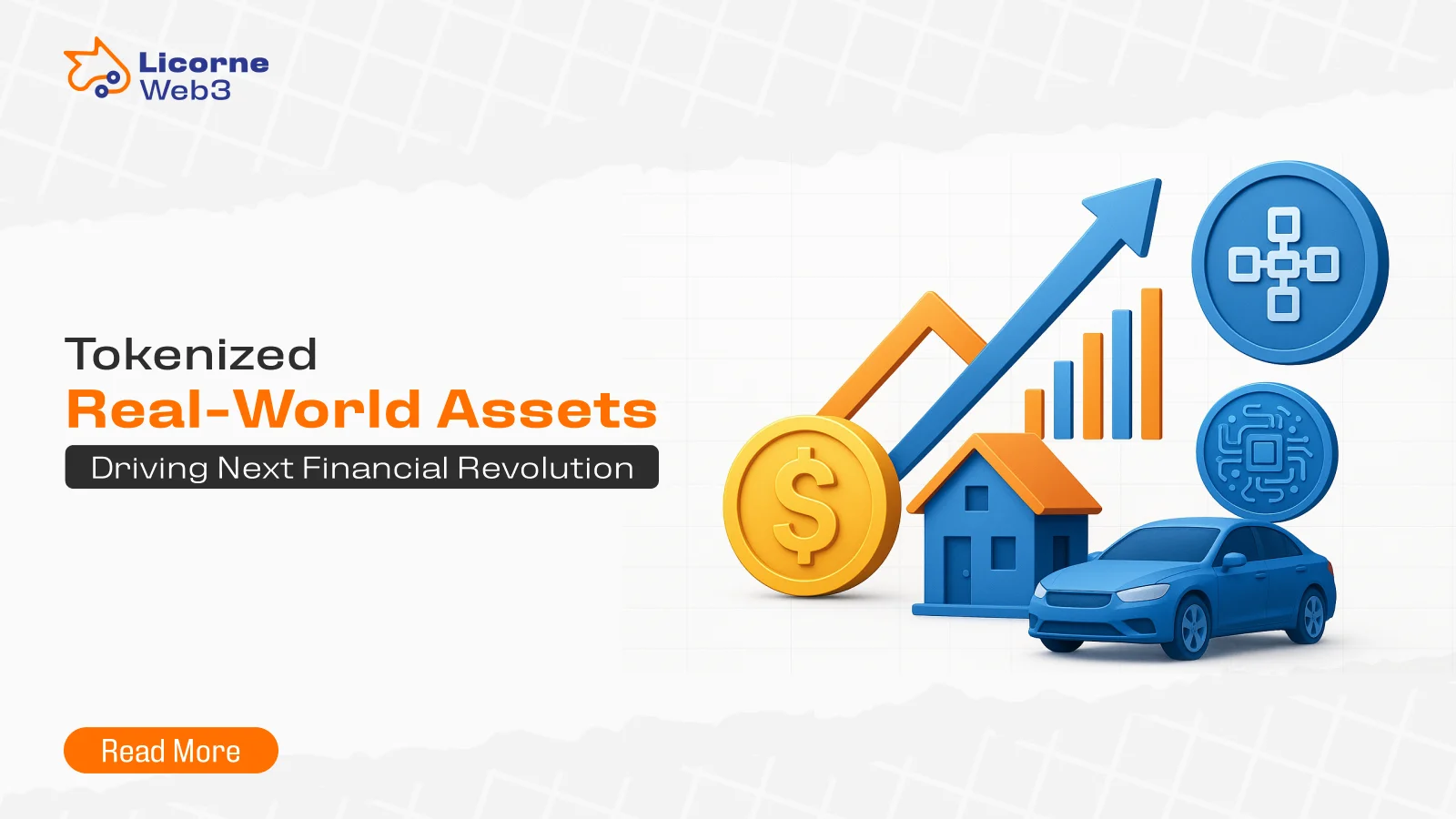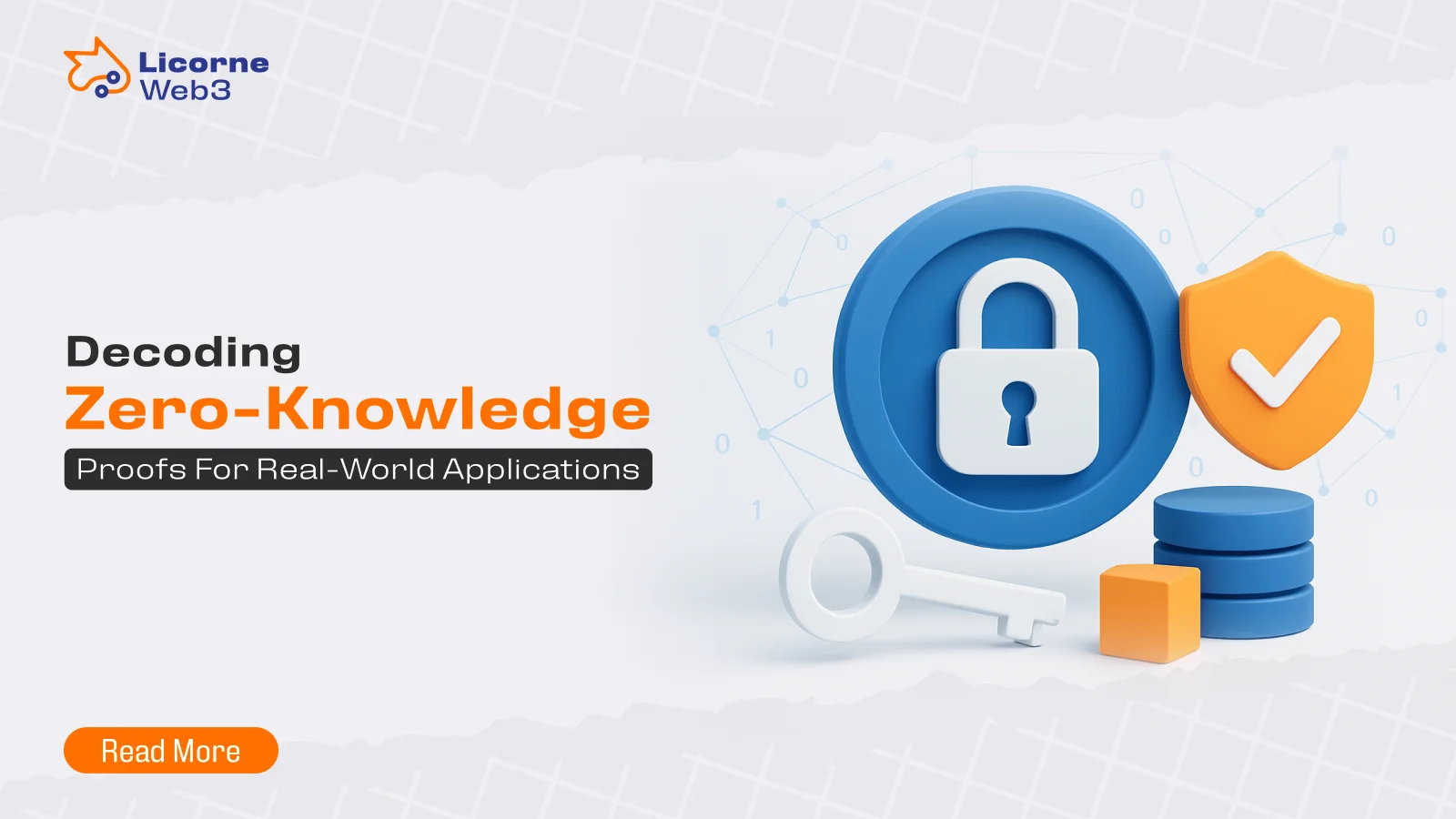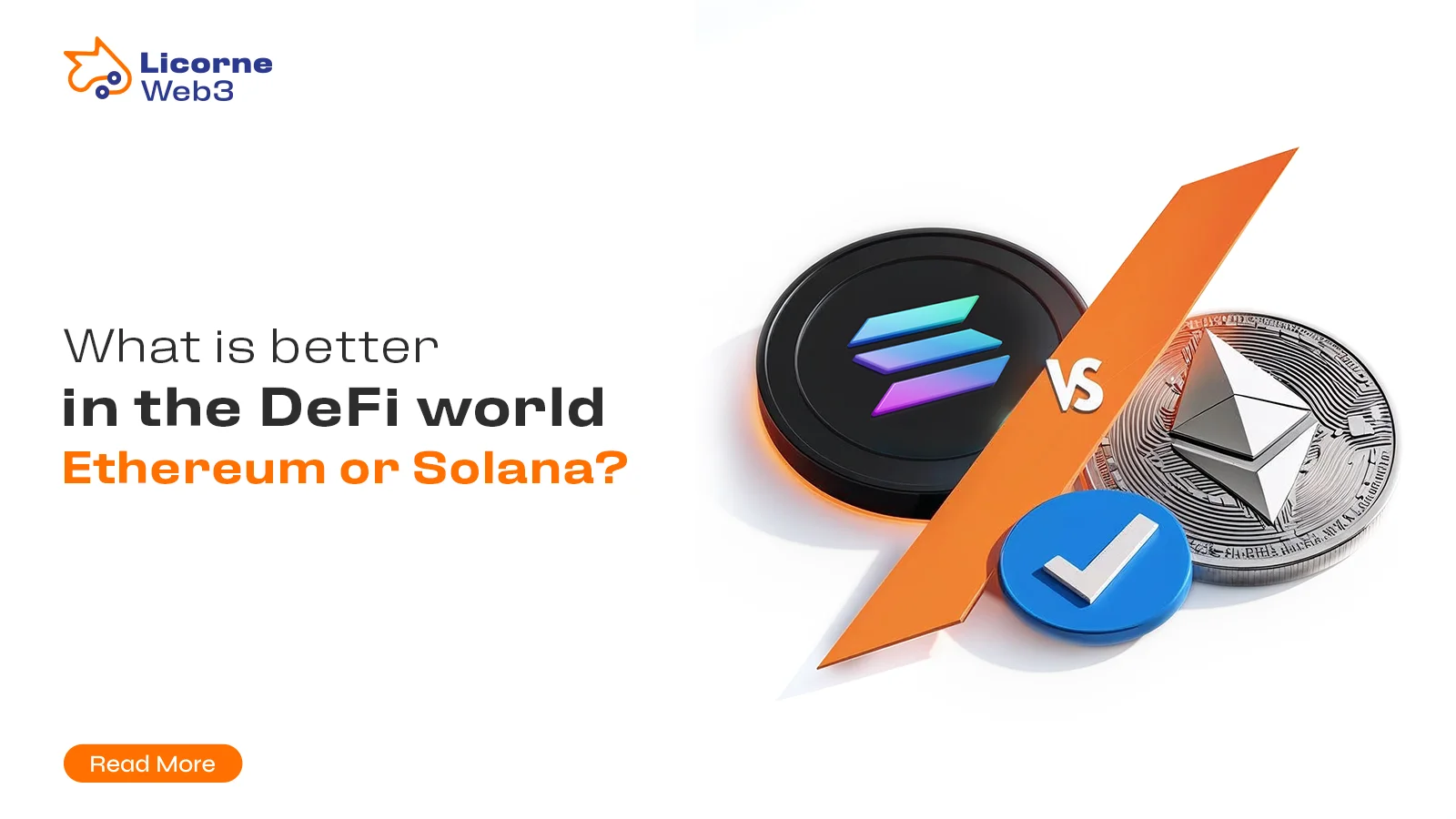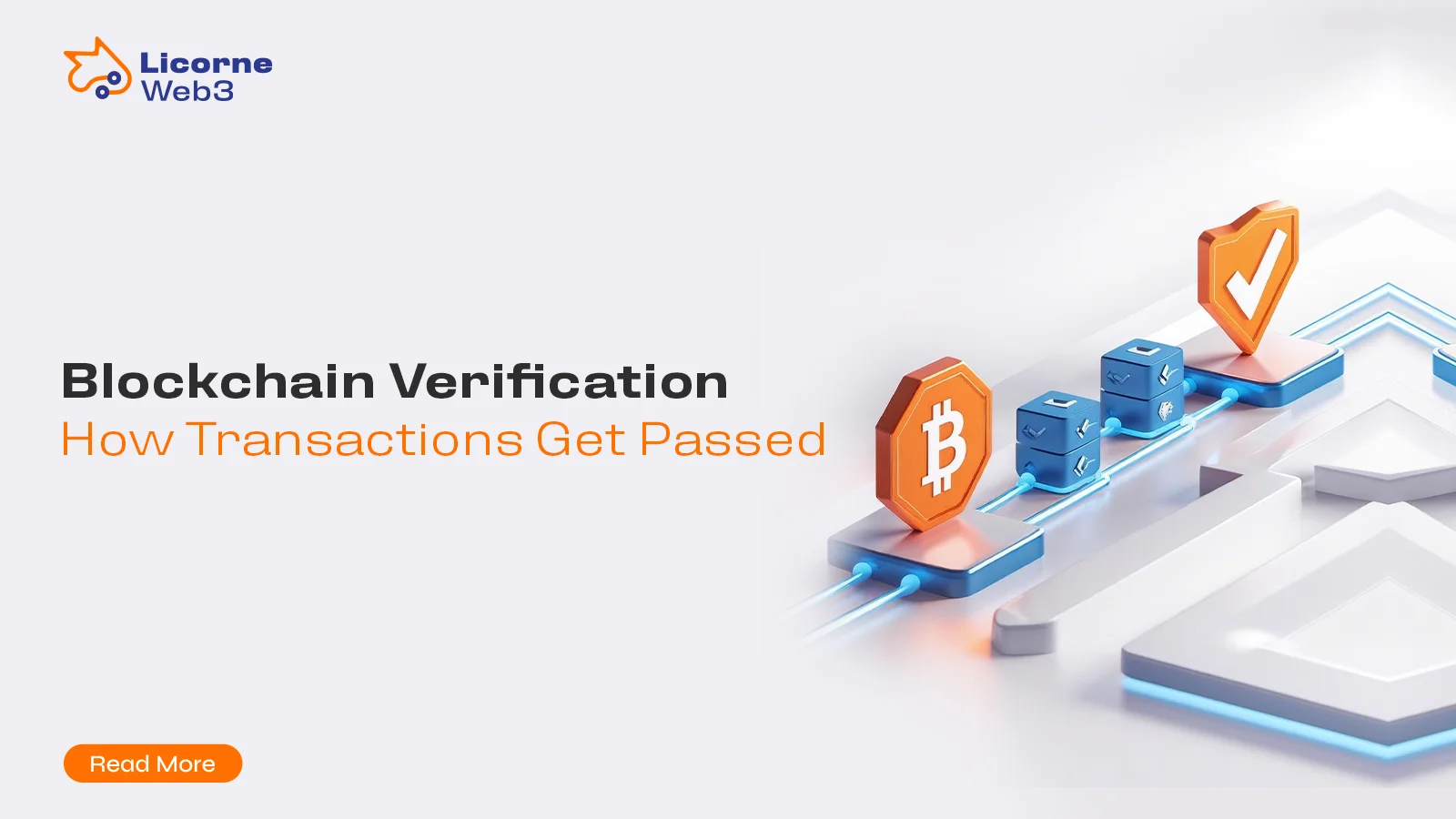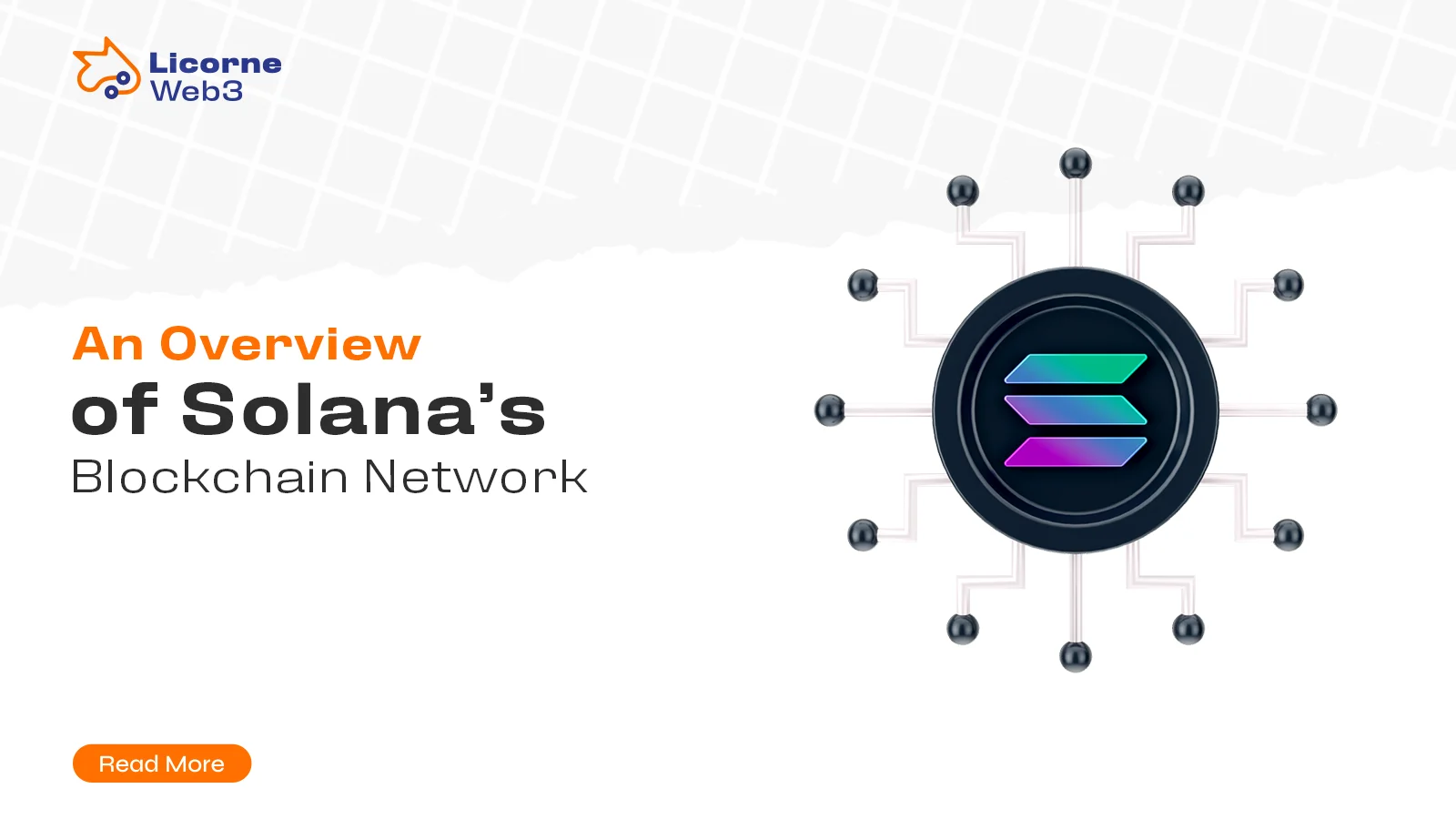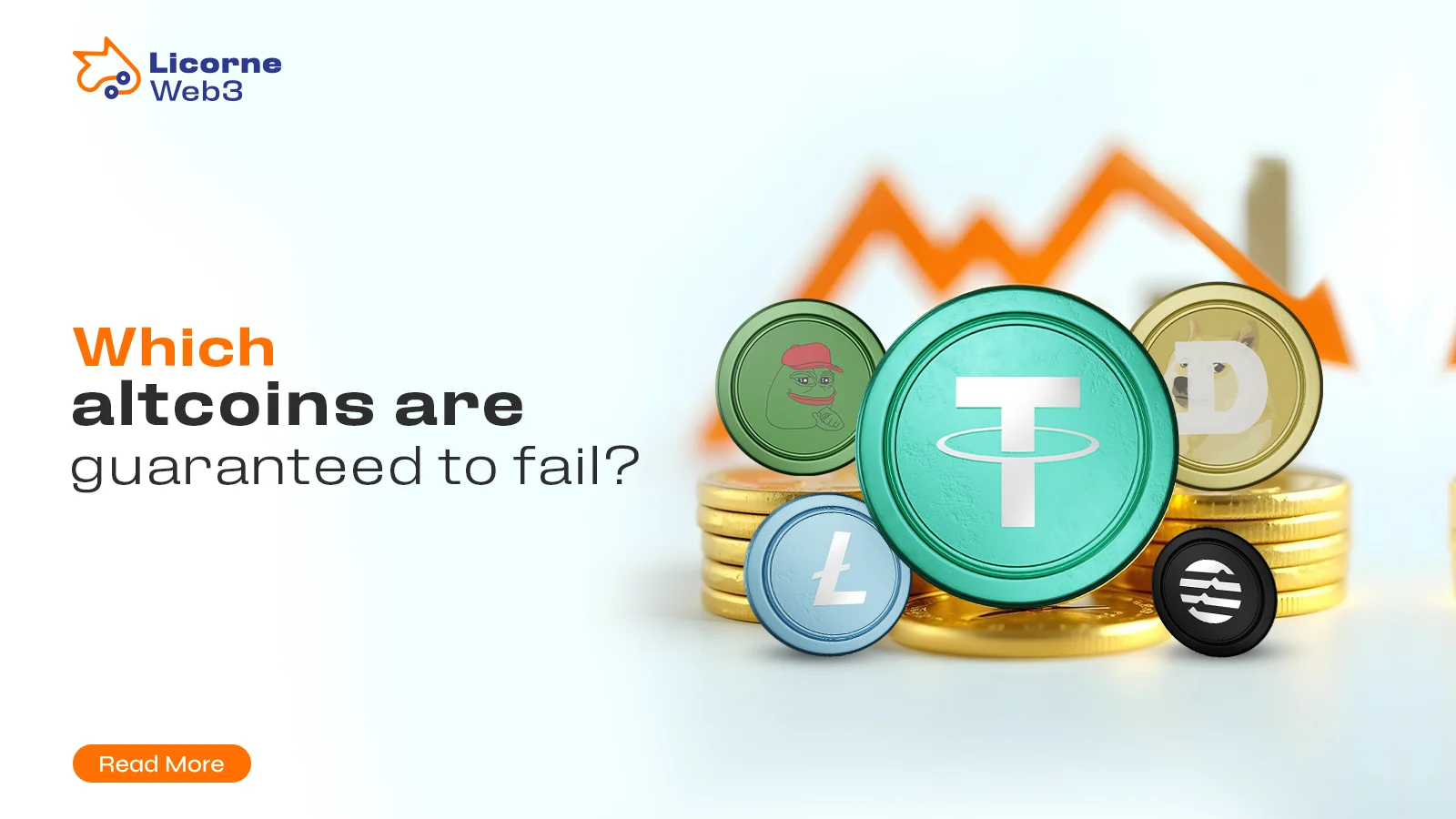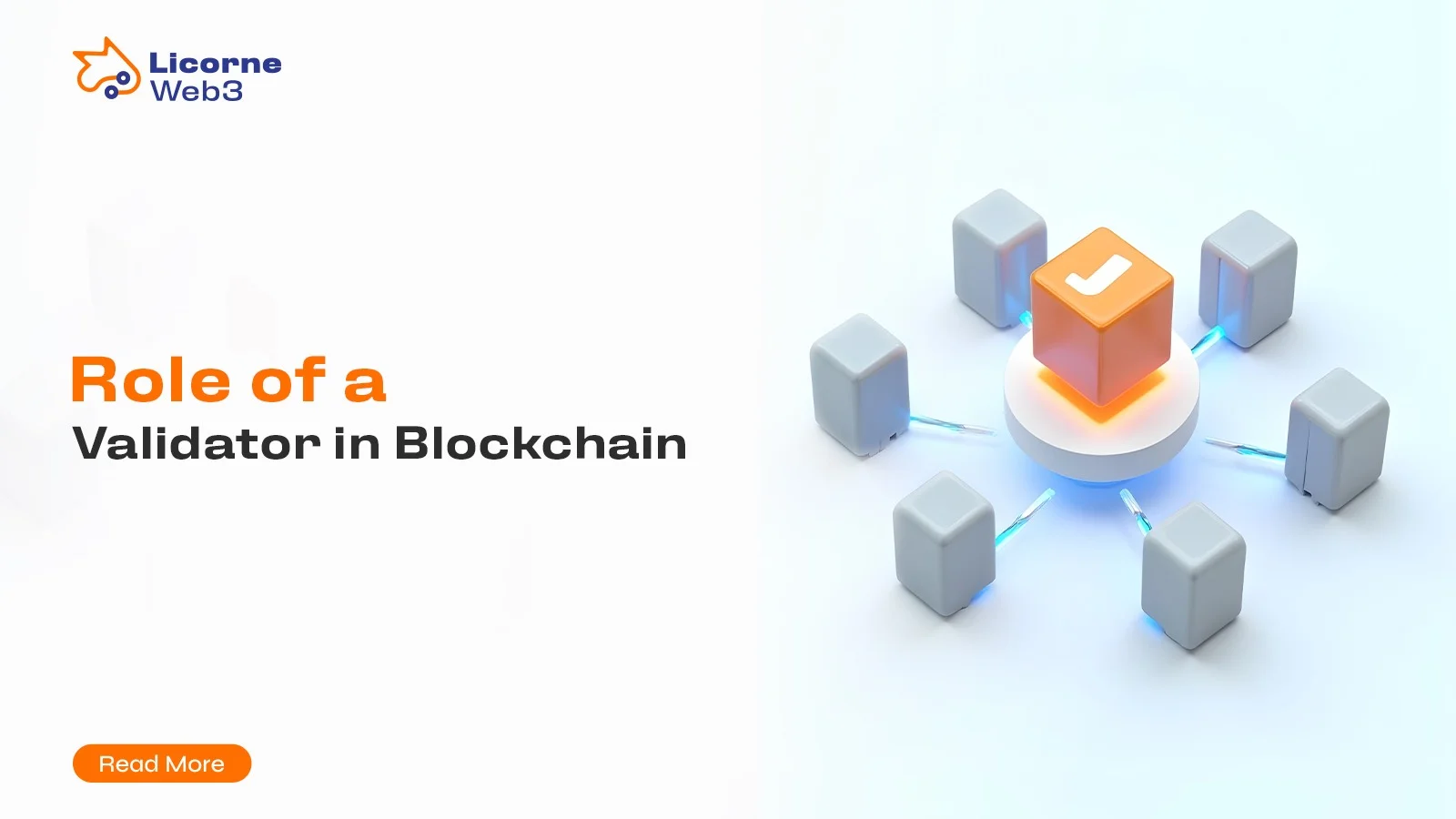Ethereum has long stood as the cornerstone of decentralized innovation, providing developers with the infrastructure to build powerful smart contracts and dApps on the Ethereum network. Its foundational layer—the Ethereum Virtual Machine (EVM)—has become the de facto standard for executing code across decentralized platforms. However, despite its dominance in the blockchain network ecosystem, Ethereum faces pressing limitations around scalability and transaction speed, not to mention consistently high gas fees. These challenges have paved the way for a new generation of EVM-compatible blockchains, which replicate the EVM’s execution environment while offering enhanced performance and cost-efficiency.
These compatible platforms enable developers to deploy Ethereum-based applications with minimal modifications, preserving the value of existing tools and code while improving overall user experience. Many prominent networks, including those supporting Binance smart contracts, have embraced EVM compatibility to foster seamless integration across the broader Ethereum ecosystem.
In this guide, we’ll explore the concept of EVM compatibility, the mechanics behind how these alternative chains work, and the substantial benefits they offer to developers and businesses alike. We’ll also spotlight leading EVM-compatible networks, examine real-world use cases, and look ahead to future trends shaping the direction of decentralized computing.
What Is EVM Compatibility?
The Ethereum Virtual Machine (EVM) is the runtime environment that executes smart contracts on Ethereum. An EVM-compatible blockchain is any blockchain that supports the same virtual machine, meaning it can run smart contracts written in Solidity (Ethereum’s primary programming language) without major modifications.
Key Features of EVM-Compatible Blockchains:
EVM-compatible blockchains have emerged as essential players in the decentralized landscape, addressing the scalability challenges of the Ethereum mainnet while expanding support for diverse DeFi applications and high-performance smart contract execution.
Supports Solidity Smart Contracts
Developers can deploy existing Ethereum dApps on compatible chains with minimal effort, thanks to full support for Solidity programming.
- This seamless smart contract execution enables faster time-to-market and preserves compatibility across the Ethereum Virtual Machine and alternative chains.
- Whether launching a BNB smart contract or bridging an NFT protocol, code reuse helps accelerate innovation without rewriting from scratch.
Uses Ethereum Tooling
EVM-compatible chains integrate directly with popular development frameworks like MetaMask, Hardhat, and Truffle, simplifying the build-test-deploy cycle.
- These tools empower developers to create robust DeFi applications while working within a familiar Ethereum development environment.
- Enhanced visibility and debugging support help mitigate issues related to gas limits and on-chain validation.
Interoperability with Ethereum
Cross-chain bridges and asset transfers make EVM-compatible blockchains powerful companions to the Ethereum network, enabling flexible movement of digital assets.
- EVM chains serve as extensions of the core blockchain network, helping developers link smart contracts and token flows across ecosystems.
- This interoperability enhances liquidity, fosters ecosystem collaboration, and supports integrated layer2 scaling solutions.
Lower Costs & Faster Transactions
By improving throughput and reducing congestion, many EVM-compatible platforms offer cheaper transaction fees and quicker processing than the Ethereum mainnet.
- These optimizations help overcome Ethereum’s persistent scalability challenges, making decentralized technologies more accessible.
- For cost-sensitive applications—like micro-payments or high-volume BNB smart contract interactions—efficient chains offer a real competitive edge.
How Do EVM-Compatible Blockchains Work?
EVM-compatible blockchains replicate Ethereum’s execution environment but may use different consensus mechanisms (e.g., Proof of Stake, Proof of Authority) and scalability solutions (e.g., rollups, sidechains).
Technical Aspects:
- Same Opcode Structure – Executes the same bytecode as Ethereum.
- Ethereum RPC Compatibility – Supports JSON-RPC calls, allowing wallets like MetaMask to connect seamlessly.
- Forked or Independent Chains – Some are direct forks of Ethereum (e.g., Polygon PoS), while others are built independently but support EVM (e.g., Avalanche C-Chain).
Benefits of EVM Compatibility
EVM compatibility plays a pivotal role in expanding blockchain adoption and fostering innovation across diverse smart contract platforms. By building on the familiar framework of the Ethereum Virtual Machine, these compatible networks bridge performance with flexibility—boosting accessibility for developers and scalability for the ecosystem.
Easy Migration for Developers
Porting Ethereum-based dApps to EVM-compatible chains is remarkably seamless, requiring minimal refactoring and lowering the learning curve for development teams.
- Developers can shift their projects from Ethereum to platforms like BNB Smart Chain and BNB Chain without adopting entirely new languages or architectures.
- This ease of migration accelerates deployment timelines for DeFi projects, allowing them to focus more on innovation than infrastructure.
Access to Ethereum’s Ecosystem
EVM-compatible chains preserve deep integration with the existing Ethereum tooling ecosystem, leveraging wallets and libraries like MetaMask, Ethers.js, andWeb3.js..
- They support ERC20 projects, crypto wallets, and token standards such as ERC-721, fostering rich interoperability.
- Developers benefit from a mature tech stack while building on emerging chains without giving up the robust Ethereum experience.
Lower Transaction Fees & Faster Speeds
Scalability is front and center—networks like BNB Smart Chain, Polygon, and Avalanche offer faster processing and significantly reduced gas costs.
- These chains optimize the underlying gas system, addressing Ethereum’s performance bottlenecks and latency issues.
- For DeFi projects, cost-effectiveness is critical; EVM chains provide that without compromising smart contract integrity.
Cross-Chain Interoperability
EVM compatibility also enhances asset mobility through bridges such as Multichain and Wormhole, enabling seamless transfers between Ethereum and other chains.
- These bridges empower crypto wallets to manage digital assets across multiple smart contract platforms securely.
- Even with Non-EVM chains, interoperability strategies can link ecosystems and widen utility for decentralized applications.
Strong Developer Community
The Ethereum community continues to influence and support EVM-compatible networks, encouraging collaboration and knowledge sharing.
- Whether launching an NFT protocol, a stablecoin, or next-gen DeFi projects, developers benefit from shared insights and tools.
- The thriving ecosystem behind platforms like BNB Chain ensures long-term support and relevance in the competitive blockchain space.
Popular EVM-Compatible Blockchains
| Blockchain | Key Features |
| Binance Smart Chain (BSC) | Low fees, high throughput, backed by Binance. |
| Polygon (PoS Chain) | Ethereum sidechain with fast & cheap transactions. |
| Avalanche (C-Chain) | Subnet architecture with near-instant finality. |
| Fantom | High-speed L1 with low fees. |
| Arbitrum & Optimism | Ethereum L2 rollups for scalability. |
| zkSync Era | ZK-rollup with EVM compatibility. |
Use Cases of EVM-Compatible Chains
From decentralized finance to immersive digital realms, EVM-compatible blockchains have become foundational to some of the most innovative applications in the Ethereum ecosystem. Their flexible architecture supports seamless smart contract execution, scalable interactions, and deep integration with existing tools—driving growth across various sectors of the blockchain network.
DeFi Platforms (Uniswap, SushiSwap, Aave)
These platforms rely on EVM support to deliver decentralized trading, lending, and staking services with low fees and high reliability.
- Integration with the Ethereum Virtual Machine allows efficient deployment and maintenance of complex DeFi projects, enhancing transaction throughput across BNB Chain, Polygon, and others.
- Developers can build interoperable ERC20 projects while leveraging the scalable gas system of EVM chains for improved user experience.
NFT Marketplaces (OpenSea, Blur)
NFT platforms capitalize on EVM compatibility to support Ethereum standards and enable real-time trading of digital collectibles.
- EVM-based smart contract platforms provide stable infrastructure for minting, transferring, and auctioning unique digital assets like ERC-721 tokens.
- Seamless wallet integration with crypto wallets ensures secure access and trading across EVM chains, while maintaining cross-chain interoperability.
Gaming & Metaverse (Decentraland, The Sandbox)
Virtual experiences flourish on EVM-compatible blockchains thanks to faster smart contract execution and smoother transaction speed for in-game economies.
- In-game assets like avatars and land parcels are traded as digital assets, secured and validated through robust EVM smart contracts.
- EVM chains support immersive gameplay and asset portability between platforms, laying the foundation for scalable virtual worlds.
Enterprise Blockchain Solutions
Businesses embrace EVM compatibility for private transactions, asset tokenization, and secure data workflows across their operations.
- EVM-compatible blockchain networks offer customizable, permissioned environments for corporate use—without sacrificing interoperability with public chains.
- These solutions benefit from layer2 scaling solutions, allowing enterprises to build secure apps while overcoming scalability challenges associated with the Ethereum mainnet.
Future of EVM Compatibility
- Multi-Chain Expansion – More blockchains will adopt EVM support.
- ZK-EVMs – Zero-knowledge rollups (like zkSync) enhance scalability.
- Ethereum 2.0 Integration – Post-Merge, EVM chains will further optimize performance.
Conclusion
EVM-compatible blockchains provide a scalable, cost-effective alternative to Ethereum while maintaining full interoperability. They empower developers to build and deploy dApps efficiently, ensuring the growth of decentralized ecosystems.
As blockchain technology evolves, EVM compatibility will remain a key factor in driving adoption and innovation.
Author
-

Blockchain Writer & Web3 Expert
View all posts
Areej Maqbool is a Blockchain writer and thought leader with over 5 years of experience in crafting compelling narratives and insights on blockchain and Web3 innovation. Her expertise spans the intersection of technology, business, and society, with a focus on decentralized applications, smart contracts, and blockchain adoption.
Key Expertise:
- Blockchain and Web3 storytelling
- Technical writing for blockchain and Web3 projects
- Thought leadership and opinion editorials
- Research and analysis on blockchain and Web3 trends



